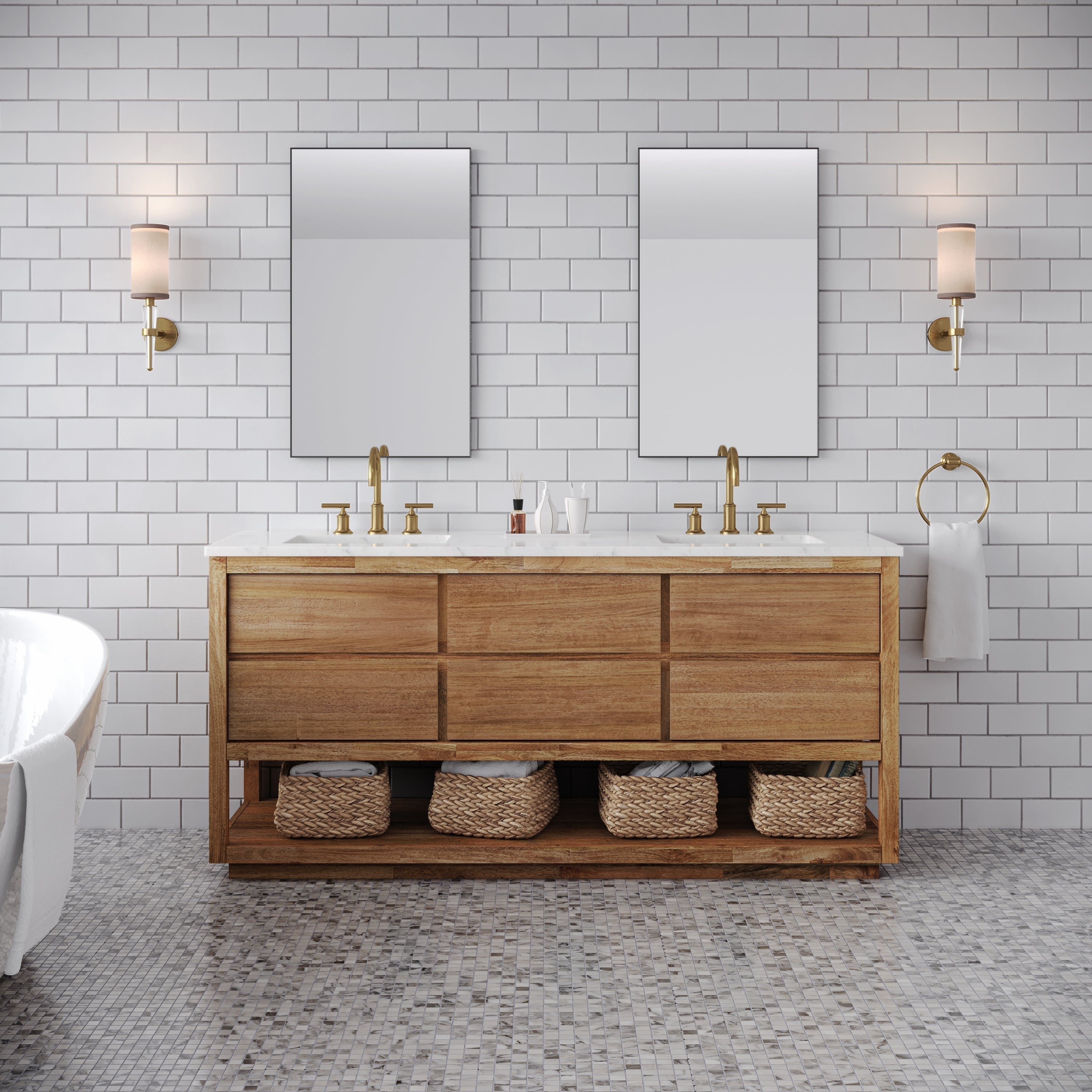In the world of furniture, finding the perfect blend of style, eco-friendliness, and resilience can be a challenge. However, mango wood furniture emerges as a standout choice that encompasses all these desirable qualities. When it comes to choosing furniture that not only enhances your home décor but also aligns with your environmental values, mango wood furniture ticks all the right boxes.
What is Mango Wood
Mango wood refers to the timber obtained from the mango tree (obviously), which is a large evergreen tree native to South Asia. While mango trees are primarily cultivated for their delicious fruit, their wood is also highly valued for various applications, including furniture making.
Mango wood is renowned for its durability, strength, and captivating grain patterns. It possesses a distinct medium to coarse texture with interlocking grain, resulting in a visually appealing and unique appearance. The color of mango wood displays a wide range, spanning from light golden or pale brown hues to deeper shades of brown, frequently accentuated by streaks of black or green.

Versatility and Design Flexibility
Mango wood possesses remarkable versatility, offering both furniture makers and homeowners a multitude of design possibilities. Its ease of carving, turning, and shaping allows for the creation of intricate and detailed designs. Whether your preference leans towards traditional, rustic, or contemporary styles, mango wood seamlessly adapts to diverse interior design themes. This inherent adaptability makes mango wood a versatile choice that can effortlessly enhance the aesthetic of any home.

Sustainability of Mango wood
Mango wood is derived from the mango tree, a tree primarily grown for its delicious fruit. One of the significant aspects of the sustainability of mango wood lies in its utilization as a byproduct of the fruit industry. Rather than letting the trees go to waste after they have reached the end of their fruit-bearing life, the timber is harvested. This approach promotes resource efficiency and reduces environmental impact.
By using the timber from mango trees that would otherwise be discarded, the furniture industry embraces a sustainable and eco-friendly option. This practice helps to minimize waste and maximize the utility of the tree, making mango wood an environmentally responsible choice for furniture production.
The utilization of mango wood as a byproduct of the fruit industry showcases a sustainable and resourceful approach. This approach aligns with the principles of circular economy and contributes to reducing the overall environmental footprint. By opting for mango wood furniture, individuals can support sustainable practices and enjoy the beauty of furniture made from a renewable and responsibly sourced material.

Four tips to care for Mango wood furniture:
- Wipe up spills immediately to prevent water damage and wear on the finish.
- Use furniture polish regularly to keep the wood hydrated, prevent cracking, and enhance its grain.
- Clean with caution, avoiding harsh chemicals and abrasive cloths that could damage the finish.
- Position your furniture away from direct sunlight or heat sources to prevent discoloration.
Mango wood furniture, brings style, sustainability and persistent to your home
Mango wood stands out as a brilliant choice for furniture enthusiasts seeking sustainability, durability, and timeless elegance. Its eco-friendly origins, coupled with its stunning aesthetics and adaptability, make it a prized material for creating beautiful and functional furniture pieces. By cherishing the charm of mango wood, we embrace the artistry of nature, weaving a tale of beauty, durability, and eco-conscious living into the very fabric of our lives.

